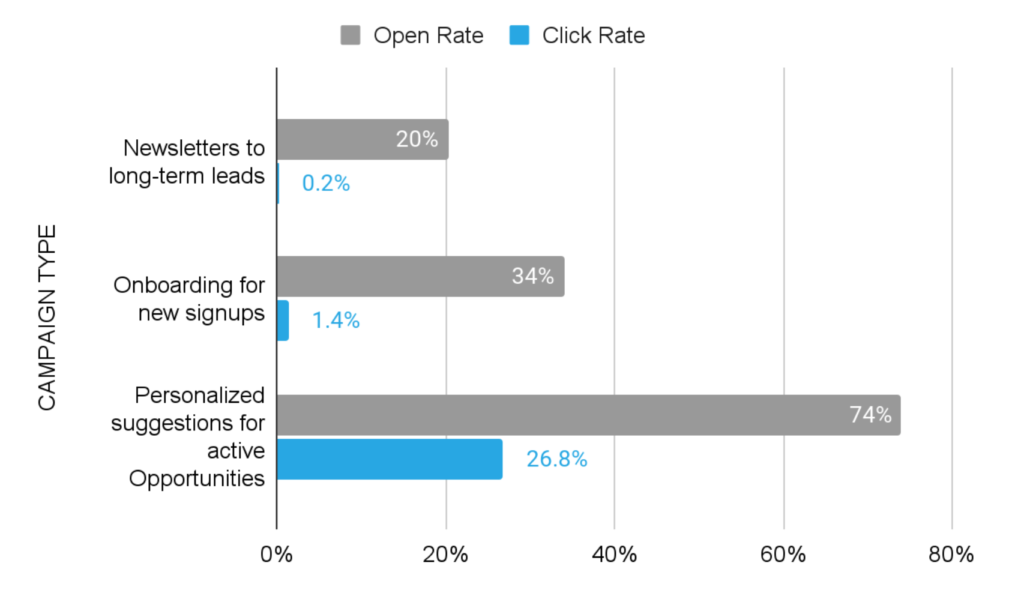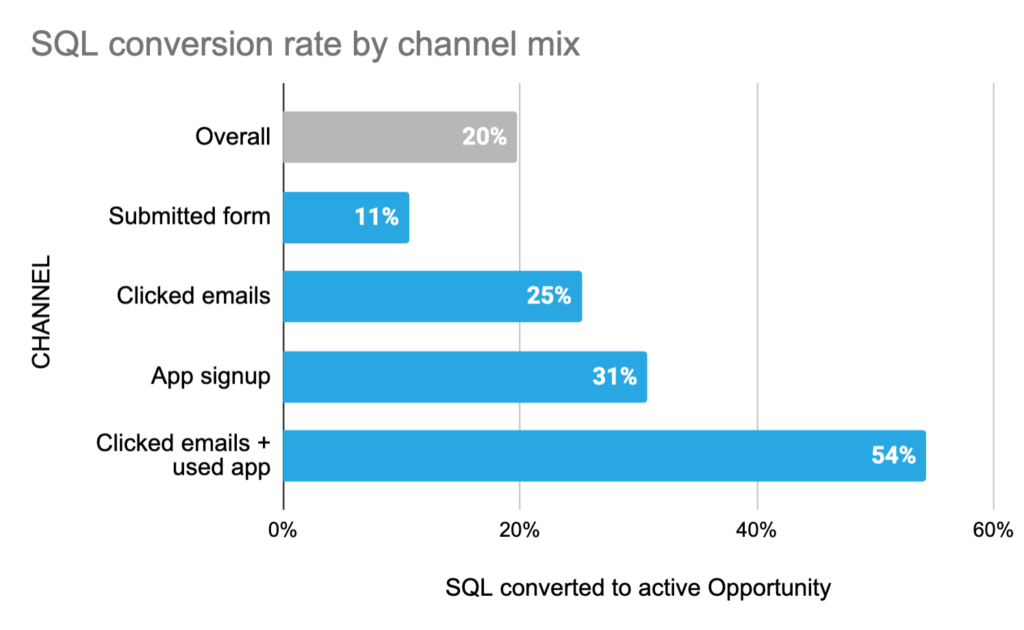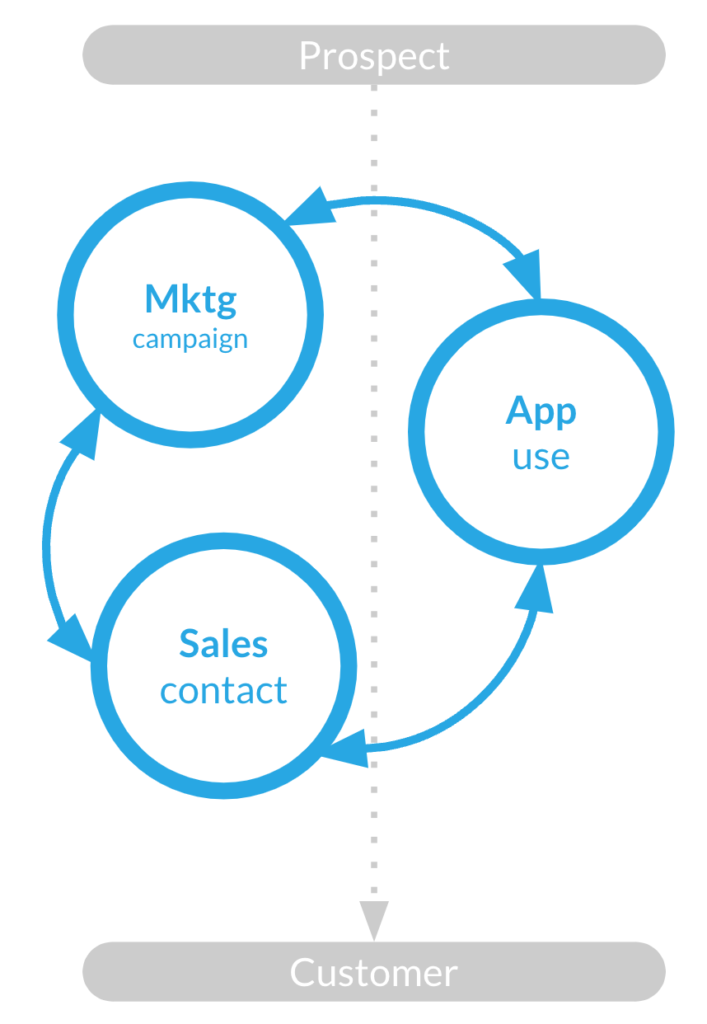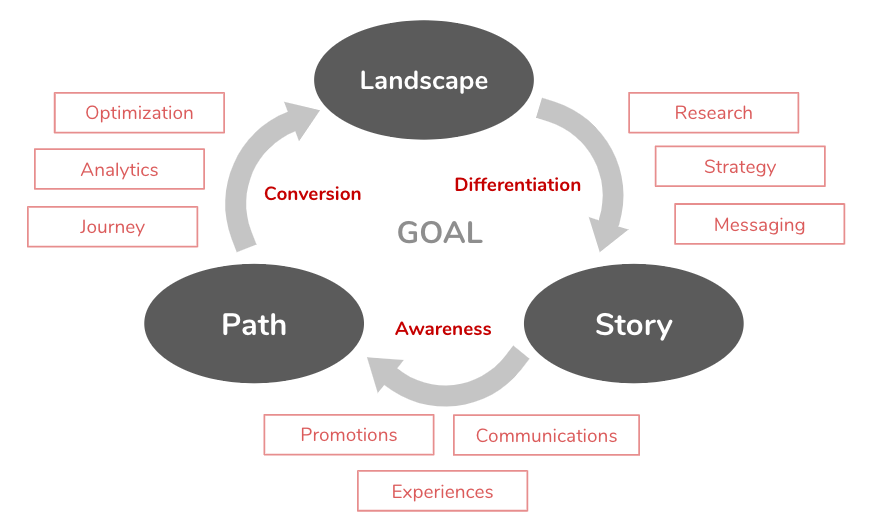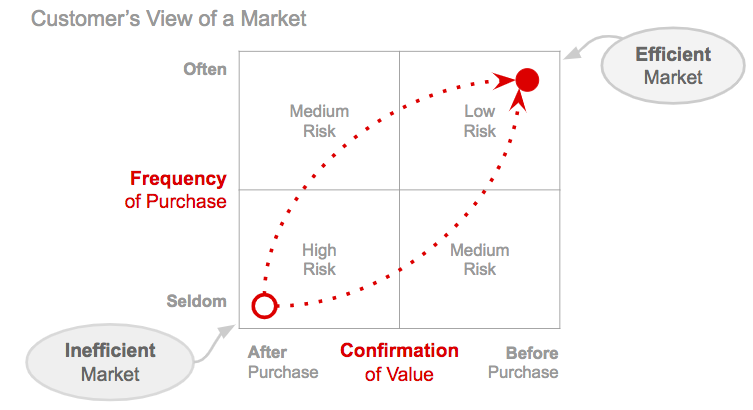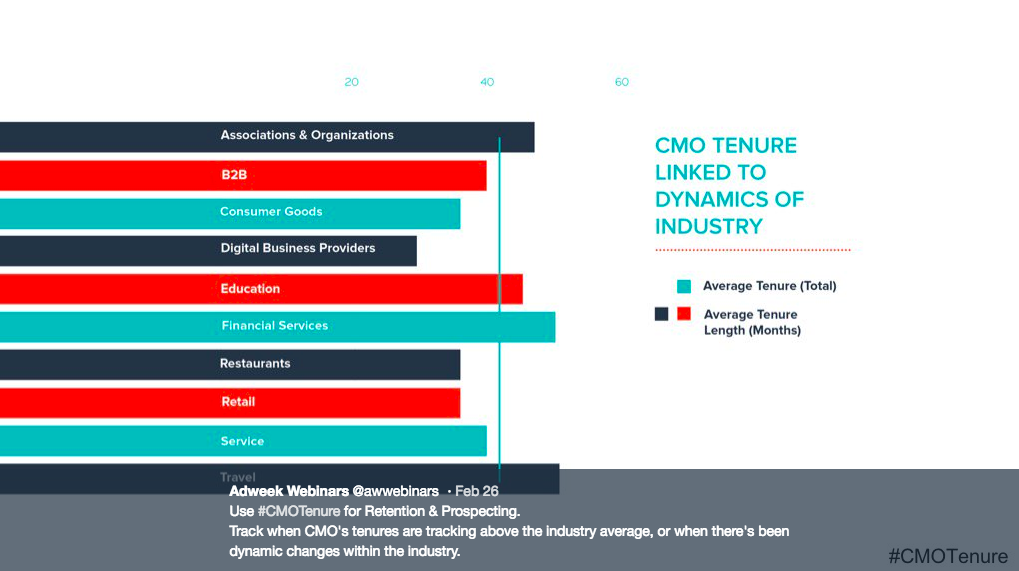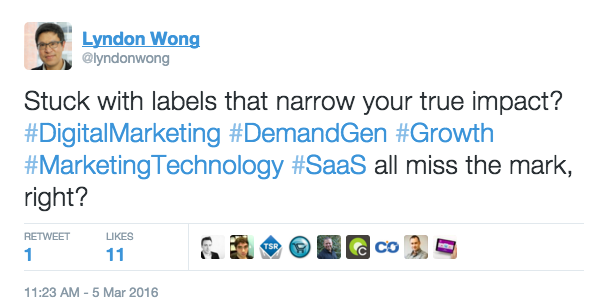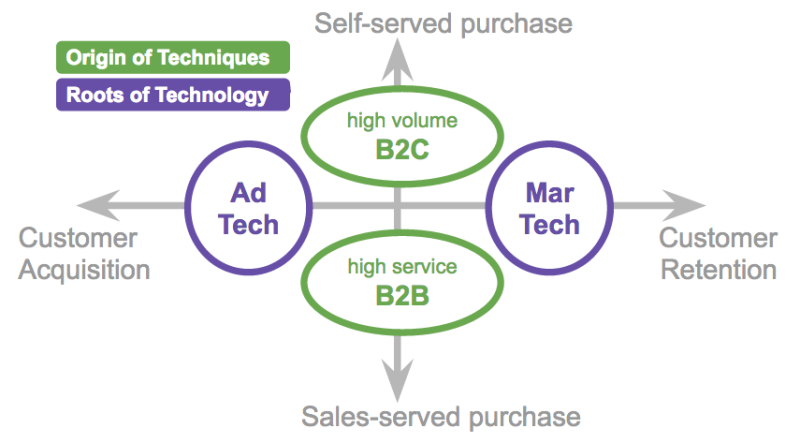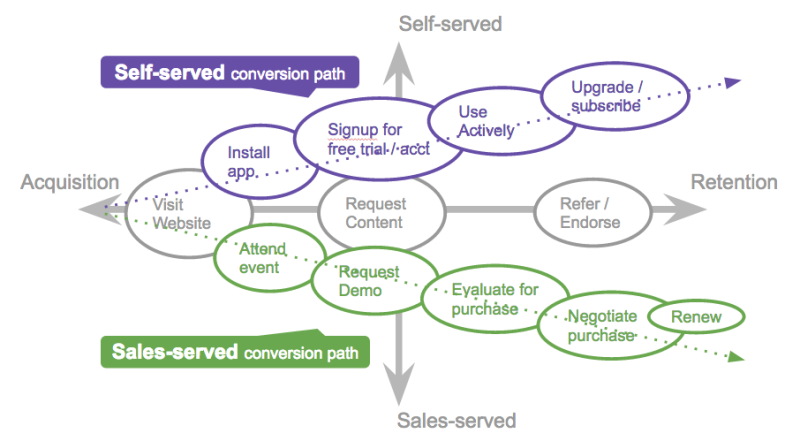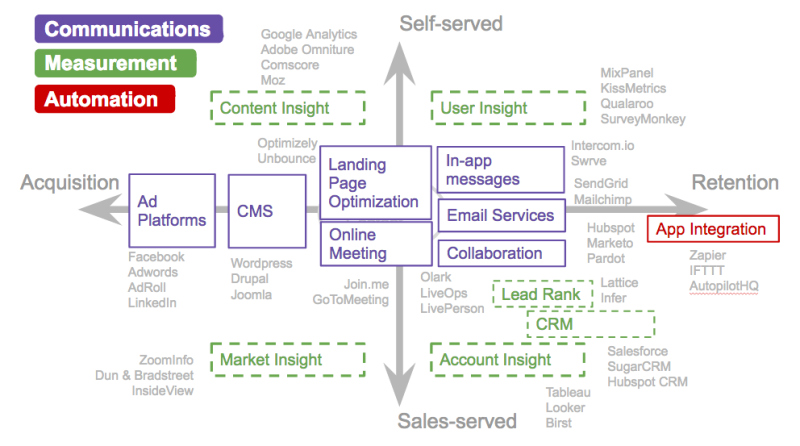This essay was originally published in the 1989 issue of the Information Systems Review, a University of California academic journal. The essay emerged out of a doctoral seminar on the “Frontiers of Information Systems”, conducted by Martin Greenberger at UCLA’s Anderson School of Management. Martin Greenberger gained notoriety during the Internet Boom for his prescient essay, “The Computers of Tomorrow”, published by the Atlantic Monthly in 1964.
Information Systems Review
Volume 3
1988-89
� Copyright 1989, Regents of the University of California. All rights reserved.
Toward an Architecture of Information Systems
Lyndon W. Wong
This paper outlines the strong parallels between information systems design and architectural design. It argues for the creation of a Graduate School of Information Systems Design modelled after professional schools of architecture.
Introduction
Information systems (IS) designers should look to the history of architectural practice and training to develop insights into how the IS profession can progress. It may seem at first that no parallel exists between the design of buildings and the design of information systems. Certainly, the architect and the data processing professional could not make more unlikely companions.
However, closer inspection reveals that the two fields have at least three traits in common. First, architecture and IS design share parallel histories. Second, both fields affect people in similar ways. Finally, current research and development in both fields follow common threads. The similarities suggest that the field of IS can learn valuable lessons from architecture.
In the following sections, we discuss the three areas of similarity. We then review the education of architects and explore how the same principles might be useful in the training of IS designers.
Parallels in Historical Development
Architecture, as a field of study and practice, has been refined over a span of time dating back to the Egyptian civilization (Jordan, 1983). The current state of architectural practice and training represents the culmination of centuries of thought and experience.
Until the early years of the Italian Renaissance, the design and construction of a building were performed by the same person, serving as both architect and foreman. The architect of the Middle Ages in Europe was also a master stone mason. Likewise, early IS designers were also computer programmers.
During the Renaissance, architecture broke away from its historical alignment with the construction trades and became a branch of the fine arts, along with painting and sculpture. This was a profound development, as it marked the beginning of a realization that the design of a building could be intellectually isolated from the construction of one. During this period, craftsmen accused architects of technical incompetence, and architects accused craftsmen of intellectual inferiority (Kostoff, 1977). This scenario is strikingly analogous to current controversy over the developing separation between systems design and programming.
With the founding of the Ecoles des Beaux-Arts (the Academy of Fine Arts in Paris) in the late 17th century, architectural training began a move away from simple apprenticeship towards more rigorous education. The study of architecture became intellectual and theoretical. As the IS field has developed, it too has begun to develop an intellectual and theoretical tradition.
Today, architecture is distinguished by the plurality of ideas on what constitutes good design (Stern, 1986). The field is marked by a simultaneous concern for function, composition, ornament, ceremony, social perogatives, technology and ergonomics. This same plurality marks the range of concerns of IS designers.
Parallels in Social Impact
The IS designer’s product and the architect’s product are intriguingly similar in intent and effect. First, both products are enduring. Like quality buildings, information systems are long-term investments. Second, like buildings, information systems can significantly affect the way users (or inhabitants) interact. Through the specification of screen layouts, data structures and processing logic, IS designers define the informational spaces of a system. Finally, like the architect, the IS designer can significantly influence the acceptance and utility of a new system. A poorly conceived information system, like an uninviting building, will be abandoned at first opportunity. A well designed system, like a popular building, can become an incubator for fruitful activity. Thus an understanding of human nature is critical in both fields.
Parallels in Intellectual Inquiry
The fields of IS design and architecture also share strong academic parallels. Research on information systems currently falls into three broad categories. The first category is concerned with the technology � hardware and software � for making information systems work. Most of this activity occurs in departments of electrical engineering and computer science. The second category deals with the issue of harnessing the technology to serve human needs. This social dimension of IS is currently being addressed most aggressively in schools of management. The final category addresses the human interface of IS. This last area of concern does not really have a home camp, but is being touched upon by schools of art and design.
Research and development in architecture follows a similar pattern. The technical issues of building construction are addressed by civil engineering programs. These schools develop the technologies which expand the design options of architects. The social issues are most actively embraced by schools of architecture with urban planning components. These schools bring together behavioral and social scientists to reflect on how the built environment can best serve humanity. The aesthetic and emotive dimensions of architecture are explored by artistically oriented schools of design.
The Training of Information System Designers
The strong parallels between IS design and architecture invite further comparison. If the histories, impacts and issues of both fields are so similar, should not the training of designers in both fields be related as well? Interestingly, this last expected parallel does not currently exist.
Today, IS designers come from fields as diverse as computer science, management, engineering, mathematics and the assorted liberal arts and social sciences. An IS design consulting firm or department typically includes staff with all of the above backgrounds. Apparently, the common industry view is that if someone can code computer programs, that person is qualified to design (Andersen Consulting, 1987). This is analogous to calling a carpenter an architect.
With an industry consisting of people from such disparate backgrounds, one wonders how IS design teams go about producing good IS designs. Not surprisingly, the IS field does not currently recognize a definition of good design (Winograd & Flores, 1987). IS designers do not have a formal language or tradition of debate on the merits and demerits of various design options.
Yet some design approaches are palpably superior to others. No one can dismiss consumer response to the Apple Macintosh environment. Explaining a design’s superiority and determining how it can be applied to future systems should be a prerequisite skill for any IS design team. Architects enjoy a great advantage over IS designers when forming design teams. Architects share a common educational heritage and a tradition of debate and inquiry into issues of good design. They thus share a common language for communication.
The Training of Architects
Architectural education is characterized by its emphasis on the design studio. Here, students work individually and in teams to solve design problems and document them visually. They do this under the guidance of studio instructors who are typically practicing professionals. At the end of each term, students subject their completed projects to panel critiques by members of the faculty and distinguished guests. All other research and teaching supports and informs the design process exercised in these studios. Architectural design is thus assumed to be integrative and all-encompassing.
A typical architecture curriculem is divided into design studios and lecture courses. Lecture courses are typically further categorized into Visual Studies, History & Theory, Socio-economic Studies, Science & Technology, and Professional Practice (Harvard GSD Bulletin, 1987).
While all schools look roughly similar on paper, they differ in their degree of alliance with particular philosophical foundations. Harvard and the Rhode Island School of Design are distinguished by an emphasis on visual composition. Berkeley and M.I.T. emphasize socio-economic impacts and are less concerned with aesthetics. Thus architecture schools do not attempt to be all things to all people. From the broad range of concerns of the profession, an architecture school develops a particular orientation based on the unique strengths of its faculty.
Charting the Future of IS with the Architecture Model
If a school of information systems design were to be modelled after a school of architecture, how would it look? Interestingly, most every feature of an architecture school would have a natural counterpart in a hypothetical school of IS design.
The Design Studio
Whereas architecture students design buildings for peer review and critique, IS design students would prototype information systems and subject their work and ideas to a similar peer review.
Lecture Courses
Technology issues would be addressed by computer scientists and engineers on the faculty. Socio-economic concerns would be evaluated by IS organization theorists, perhaps from the current management schools. Visual interfaces and user interaction could be explored by graphic designers and other visual artists. The history & theory area would be a new field developed from empirical studies of existing installations. Finally, the concerns of professional practice, such as liability and ethics, could be developed in conjuction with law schools.
An information systems school could thus be structured and administered much like a school of architecture. Students would work with computer hardware and software prototyping tools, rather than with models and drawings. Critiques could evaluate a similar range of issues. Is the design cost-effective? Does it invite usage? Does the system solve the problem? Such an environment would provide a forum to integrate the many issues which must be addressed to produce good design in any field. Finally, as with schools of architecture, IS schools should develop distinct competencies.
Necessary Conditions
The hypothetical school described above is probably years away from feasibility. First, the design of information systems must become more insulated from technological advances in hardware and software. Second, a body of research must be developed in each of the academic areas described above. For instance, very little systematic study of existing information systems has been conducted. Information systems are not currently as readily accessible for inspection as buildings. Thus it is difficult to compare the merits and demerits of various IS installations, while it is relatively easy to compare and contrast two public buildings.
Future of the IS Profession
The architecture analogy provides the IS field with a compelling model to guide future research and development. Indeed, if the analogy should prove accurate, a number of intriguing implications can be expected.
� Independent versus in-house IS design: As is true in the architecture profession, innovative work in IS design should occur primarily in outside design firms, and not in internal departments. These design consultancies would develop specialized strengths. Some would be good at evaluating organizational requirements. Others would excel at creating inviting interfaces. Internal MIS departments would not need significant design capability, and would take on a role similar to facilities maintenance.
� Separation of design and development: As in architecture, it should not be necessary or optimal to have the same people design and install an information system. Design and programming could be done by separate contractors. It would then also not make much sense to have significant in-house programming capability.
This analogy is possilby flawed by the significant differences in the way a building is altered and the way an information system is modified. However, the analogy does urge one to question the number of in-house MIS personnel needed in an organization of the future.
� The Graduate School of Information Systems Design: As outlined previously, a distinct educational program should be developed to train future IS designers. If IS fulfills its promise of impacting every aspect of human existence, it will be critical to create both a repository of accumulated wisdom on the field, and a means of conveying this knowledge to future generations.
� Eventual obsession with refinement: Only a few architects in each generation grapple with momentous architectural advancements. The column, the arch, the flying buttress, the I-beam, pre-stressed concrete and other technical innovations have driven change in architecture, but have only occurred about once in every century. In between these developments, architects have argued over more minute issues such as whether it is appropriate to use ornamentation which does not reflect the structure of a building. When and if IS technology matures, IS designers can also revert to the evaluation of details. For the foreseeable future, however, IS designers will probably be too busy adjusting to profound technological changes.
Conclusion
People have lived with computers for only a few decades, and even then, only in the most advanced segments of the most advanced countries. The information systems industry has thus accomplished in a few short decades what probably took centuries in building design. However, by looking to architecture, the IS profession can incorporate lessons drawn from several thousand years of experience in creating and living with design, and accelerate the advancement of the field of IS design.
References
1. Barr, John Robert, “A Methodology for the Design of Interactivive Graphics Operating Systems,” UCLA Dissertation, 1978.
2. Bennett, Corwin, Spaces for People: Human Factors in Design, Prentice-Hall, Englewood Cliffs, NJ, 1977
3. Bikson, Tora K., “Computer Mediated Work: Individual and Organizational Impact in One Corporate Headquarters,” Rand Corporation, Santa Monica, CA 1985.
4. Chambers, John M. , Graphical Methods of Data Analysis, Wadsworth International Group, Belmont, CA 1983.
5. Choudhury, Vivek, “Long Term Impacts of Inter-Organizational Information Systems,” Information Systems Review, Vol. II, Anderson School of Management at UCLA, Los Angeles, CA 1988.
6. Heimsath, Clovis, Behavioral Architecture: Toward an Accountable Design Process, McGraw-Hill, New York, 1977.
7. Johnson, Bonnie M., Managing Organization Innovation: The Evolution from Word Processors to Office Information Systems, Columbia University Press, New York, 1987.
8. Jordan, R. Forneaux, A Concise History of Western Architecture, Thames-Hudson, London, 1983.
9. Kostoff, Spiro, The Architect: Chapters in the History of the Profession, Oxford University Press, New York, 1977.
10. Lee, Mary, “Diffusion of Information Centers: Patterns of Innovation and Adoption in Professional Subunits,” Information Systems Review, Vol. II, Anderson School at UCLA, Los Angeles, 1988.
11. Lewell, John, Computer Graphics: A Survey of Current Technologies and Applications, Van Nostrand Reinhold, New York, 1985.
12. Mikellides, Byron, Architecture for People: Explorations in a New Humane Environment, Holt, Rinehart & Winston, New York, 1980.
13. More, Patricia A., “Management’s Use of Computer Graphics,” Laboratory for Computer Graphics and Spatial Analysis, Harvard Graduate School of Design, 1981.
14. Rockart, John F. and De Long, David W., Executive Support Systems: The Emergence of Top Management Computer Use, Dow Jones-Irwin, Homewood, IL, 1988.
15. Saint, Andrew, The Image of the Architect, Yale University Press, New Haven, 1983.
16. Salerno, Lynn M., Catching Up with the Computer Revolution, Wiley, New York, 1983.
17. Stern, Robert A. M., New Directions in American Architecture, George Braziller, New York, 1986.
18. Trends in Information Technology, Andersen Consulting, 1987.
19. Winograd, Terry and Flores, Fernando, Understanding Computers and Cognition, Addison-Wesley, Reading, MA, 1987.
20. Greenberger, Martin, “The Computers of Tomorrow”, Atlantic Monthly 1964.
